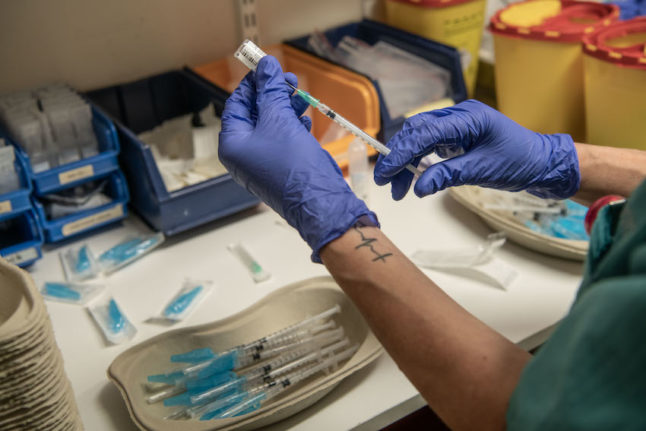The State Serum Institute (SSI) said on Tuesday that Denmark’s reproduction rate for the coronavirus is currently at 1.0, meaning spread of infections in the country is stable.
Although it was reported earlier this month to have fallen to 0.8, it was as high as 1.6 in September.
If the reproduction rate or R-number is above 1.0, the number of infected in a society will grow because each infected person will pass on the virus to an average of more than one other person. If the R-number is slightly below 1.0, the number will decline.
The number is calculated based on the rate of hospitalisations and confirmed virus cases.
News that Denmark’s R-number is not over 1.0 may be welcomed given that an increase has recently been observed in the proportion of tests which return positive results.
On Tuesday, 529 new cases of the coronavirus were registered by SSI from 37,028 cases, corresponding to a positive rate of 1.4 percent. The figure of 529 is the highest daily total since October 2nd.
READ ALSO: Danish coronavirus tests return more positive cases
The increase in the proportion of positive cases has drawn comment from Prime Minister Mette Frederiksen.
“This is concerning, and it is our impression that we are going into a more serious phase,” Frederiksen said on Tuesday.
The figure is an important metric in assessing the level of the situation, according to Thea Kølsen Fischer, a professor in viral epidemics and infections at the University of Copenhagen and head of research at Nordsjællands Hospital.
“When the percentage of positive tests can be observed to rise as it is now over several weeks, that is not a sign we are heading towards a good place in the epidemic,” Fischer said.
“It indicates that, for example, guidelines are not working as intended or are not being complied with,” she said.
A total of 128 patients are currently admitted to Danish hospitals with coronavirus.
That reflects a gradual increase over the last few weeks.
“Looking at the last couple of weeks, we have seen a slight increase in the number of (Covid-19) hospitalisations in Denmark,” Fischer noted.
“(This is) not something that is pushing the health service's capacity at the moment, but it is a trend we would prefer to slow down,” she said.



 Please whitelist us to continue reading.
Please whitelist us to continue reading.
Member comments